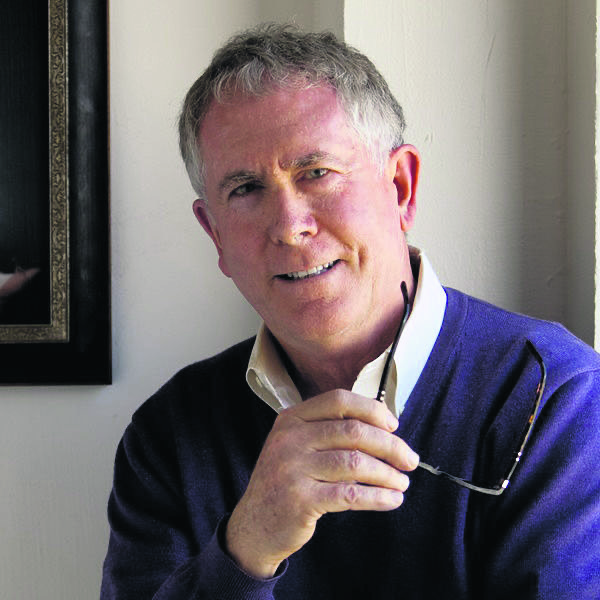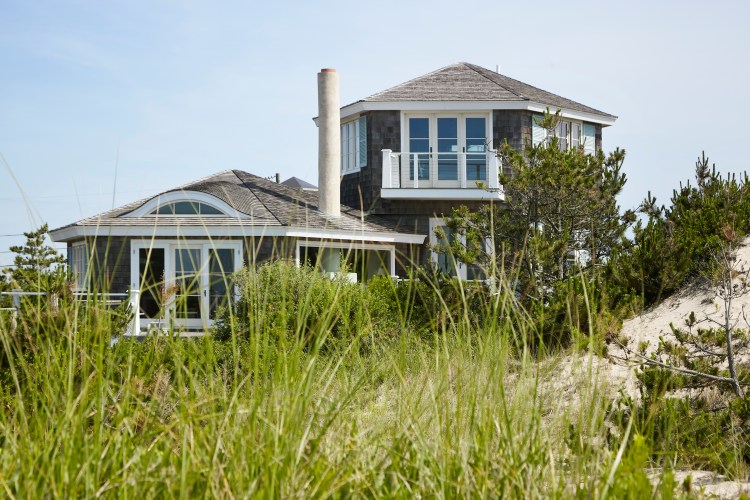A third track for the LIRR, a deepwater port for Shoreham, a refurbished Penn Station, a new Jacob Javits Convention Center, an international customs station at MacArthur Airport, and a serious study of putting a tunnel under the Sound to connect Long Island to Connecticut.
Apparently the Empire State’s policymakers have realized that Downstate New York needs more funding for things other than public education.
January has been a busy month for Gov. Andrew Cuomo—and it’s hardly halfway through. He gave his State of the State speech in Albany to highlight his ambitious $154.5 billion spending plan for 2016-17. Last week he went on a whirlwind tour that took him to Long Island as he hit all the right notes for local business groups, with countless men and women in suits applauding that the state government finally had a vision for our sagging infrastructure.
The relatively quiet Long Island Regional Planning Council sent out a celebratory email thanking Cuomo: “The LIRPC, as Long Island’s Chief Planner and one of the Region’s leading advocates, is outspoken in soliciting support from State and Federal leaders in addressing our Region’s needs. It is therefore appropriate that we salute the Governor and his leadership in addressing long-standing problems that adversely affect the Island’s sustainability. The LIRPC looks forward to continuing to work with the Governor, his administration and the State Legislature in helping to make Long Island strong, vibrant and livable for generations to come. Bravo, Governor Cuomo!”
The Long Island Clean Water Partnership implored their members: “Please take a moment to send a message to Governor Cuomo to thank him for his unprecedented investment in our environment and communities.”
Nancy Rauch Douzinas of The Rauch Foundation, which handles the annual Long Island Index project, expressed her encouragement: “This is a remarkable opportunity for the region and one on which we should capitalize.” Rauch went on to say: “Governor Cuomo’s vision is an exciting one that offers a dynamic future for Long Island. I urge Long Islanders to seize the momentum that his vision conveys and work together to achieve its extraordinary potential.”
Not to be a party pooper, but aren’t the tasks of investing in our infrastructure and protecting our environment some of the fundamental functions of government? Especially if the transportation networks that residents—and taxpayers—use daily are inadequate?
If Long Islanders are for some reason compelled to say “thanks” to policymakers for doing their jobs, it should be when these projects are completed.
Gov. Cuomo’s initiatives would amount to a hearty expenditure of money. Planning for the LIRR’s 9.8-mile third track along the Main Line in Nassau would cost $7 million, while the project itself is estimated to cost another $1 billion. A new Penn Station would run $3 billion, but Cuomo says that private bidders who profit from the retail options there would shoulder “nearly all” of the hearty price tag. Adding 1.2 million-square-feet to the Javits Center in Manhattan would require $1 billion. These large, bombastic proposals make spending $5 million to study the feasibility of a tunnel under the Sound seem paltry by comparison. All of these big ideas carry hefty price tags. Although we can’t be curmudgeons and let cost impede our ability to think in transformative terms, the timing of these billion-dollar hits in rapid succession may be more than the economy can absorb. Pairing these charges with the exorbitant expense of overhauling La Guardia, factoring in potential cost overruns for the other MTA projects in the pipeline, as well as the sweeping programs intended elsewhere in the state, and the fiscal picture gets ever and ever murkier.
Our skepticism doesn’t mean that the project proposals aren’t exciting, but we cannot let our judgement be skewed because we are salivating over pretty renderings. As exciting as these “new” reinvigorated proposals are, the reality is that much-needed projects already in the pipeline like East Side Access, the Second Avenue Subway and the LIRR’s double-track between Farmingdale and Ronkonkoma have been long delayed, and the capital funding to complete them are in jeopardy.
Although the third track for the LIRR is the most realistic proposal Cuomo has floated, other ideas, like the Sound tunnel, are essentially non-starters at this point in time. Despite this, few are questioning why New York State is spending $5 million dollars to explore a question that most know the answer to, and why Suffolk County is spending its own hard-earned and scarce dollars on asking the same question, which inevitably would lead to the same conclusion?
Considering the astronomical costs that these projects surely would carry, it is almost Quixotic to propose them without addressing a critical component of long-term regional planning: implementation.
We welcome big thinking. But doing so without properly addressing how to build or how to pay for them is the reason why so many of these projects have languished for so long.
All too often, critics use the concept of cost to torpedo any notion of big thinking. It’s an effective argument, but it usually is intended to stymie the exploration of ideas that could truly transform a region. In this instance, cost is not merely a go-to, knee-jerk reaction; it’s a legitimate concern. State Sen. Carl Marcellino (R-Syosset), co-chair of the state Senate’s transportation committee, is skeptical that New York can afford the price tag of Cuomo’s big ideas.
“There is no doubt that we need a significant infrastructure investment here on Long Island,” Marcellino said this week. “The question is, are these ideas the best way to use these funds. Many of the proposals are not new and have, in fact, been around for quite some time. The problems that have existed with these projects still exist and the solutions, to date, have not been sufficiently laid out. There’s a multitude of questions that demand answers. Logistics, property rights, traffic, community input, noise, parking and, of course, cost just to name a few.”
With so many projects in the pipeline, but few nearing completion, we should focus our regional efforts on amassing good will to build the LIRR’s third track, and the third track alone. This project has the most compelling reason for expediting it. It would eliminate a critical bottleneck for commuters and accentuate the effectiveness of the Farmingdale-Ronkonkoma double track as well as the East Side Access. They’re both already underway. Giving Penn Station a makeover, on the other hand, has been a work in progress for decades. It could be a worthy investment in the long run, but it’s not as critical today as ensuring that the entire system is able to meet current and future demands.
Any policymaker or elected official can take to a stage and make promises. The exceptional ones are those who can get things done. Until these projects so crucial for Long Island’s economy are actually underway, let’s hold the applause.
(Photo: Gov. Andrew Cuomo delivers “state of the state” address on Jan. 13, 2016. Photo courtesy New York State Governor’s Office/Flickr)






























